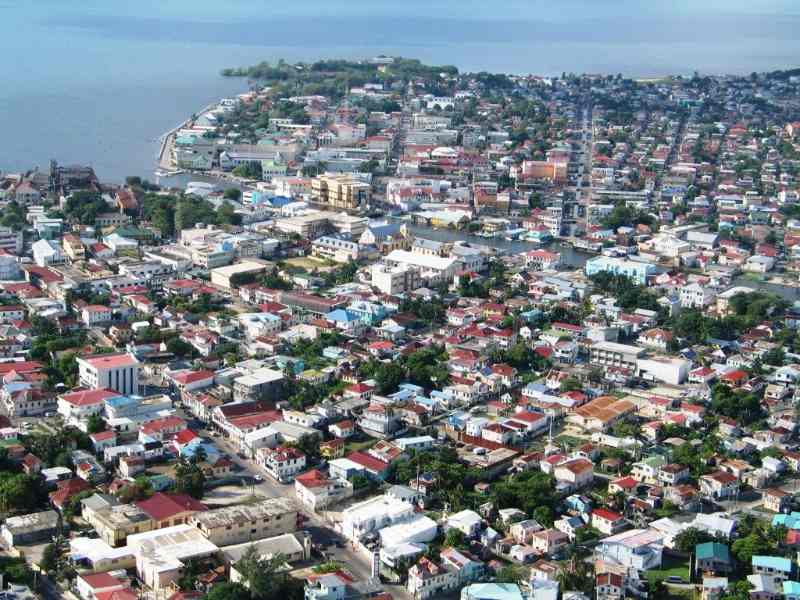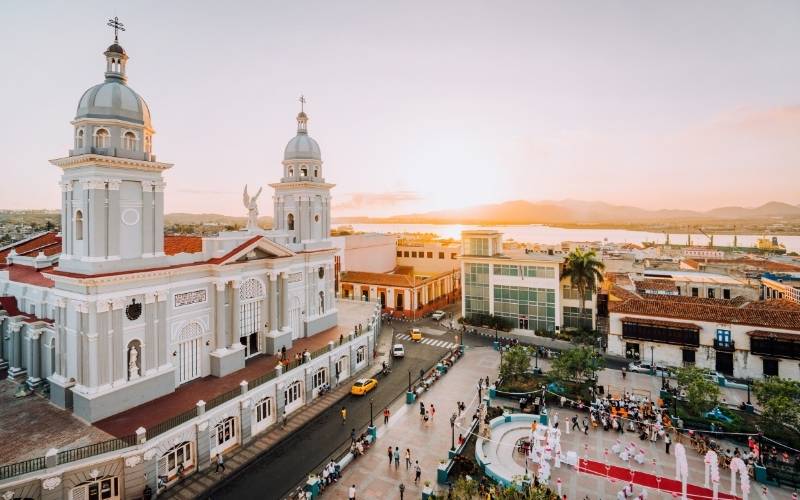
Home » Want To Keep Up With Haiti Fashion? Here Is Some Info!
Want To Keep Up With Haiti Fashion? Here Is Some Info!
My travels have taken me to many corners of the world, but my journey to Haiti was a truly unique and eye-opening experience, especially when it came to discovering the vibrant and thriving world of Haitian fashion. In this blog post, I will share my personal experiences and insights into the rich and often overlooked fashion scene in Haiti.
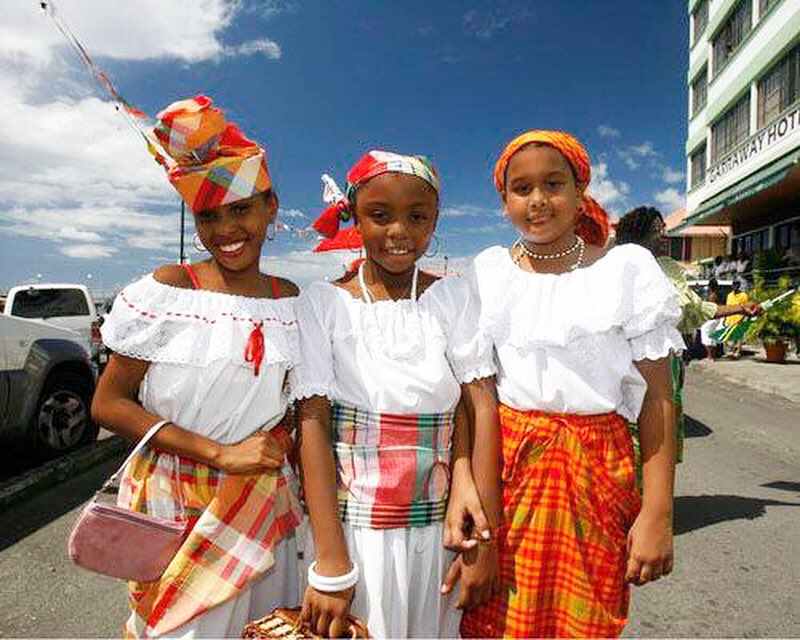
1. A Fusion of Tradition and Modernity:
Haitian fashion is a captivating blend of tradition and modernity. During my visit, I had the opportunity to explore local markets and boutiques in Port-au-Prince, where I was struck by the creativity and craftsmanship of Haitian designers. Traditional Haitian textiles and artisanal techniques were seamlessly incorporated into contemporary designs, resulting in unique and stunning pieces that spoke to the country’s rich cultural heritage.
2. Empowering Local Artisans:
One of the most inspiring aspects of Haiti’s fashion industry is its commitment to empowering local artisans. Haitian designers often collaborate with skilled craftspeople, such as tailors, seamstresses, and beaders, to bring their creations to life. These partnerships not only support the livelihoods of talented artisans but also contribute to the preservation of traditional craftsmanship.
3. Sustainable Fashion Practices:
Sustainability is at the forefront of Haitian fashion. Many designers prioritize using locally sourced and eco-friendly materials. Additionally, upcycling and repurposing are common practices, giving new life to old garments and reducing waste. Haiti’s fashion industry demonstrates a commitment to environmental and social responsibility that is truly commendable.
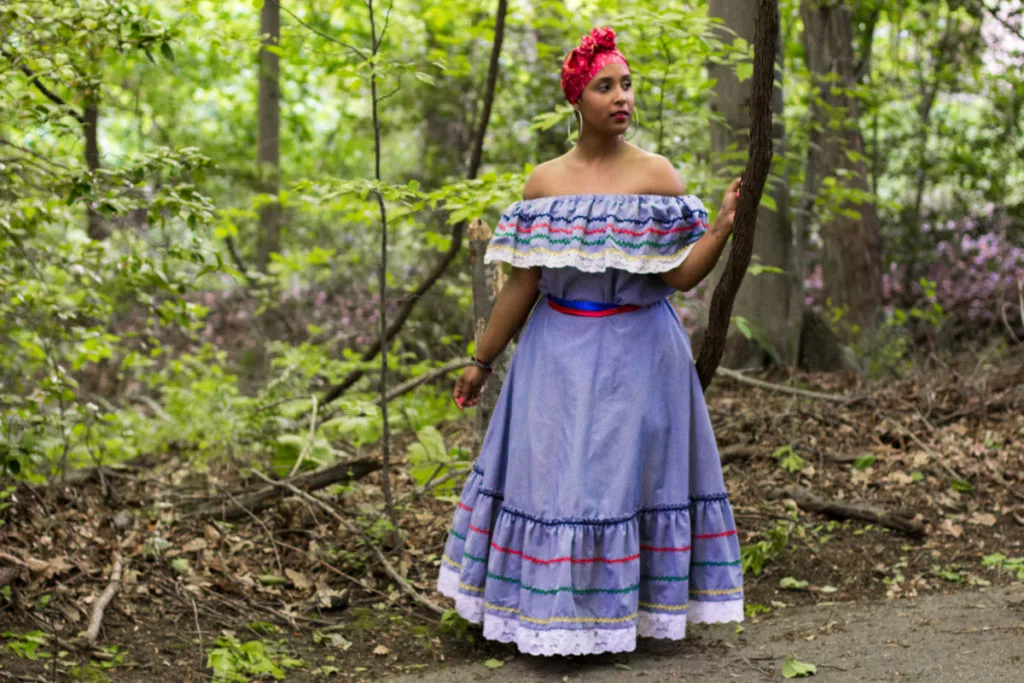
4. Fashion as a Catalyst for Change:
During my time in Haiti, I witnessed how fashion was being used as a catalyst for positive change. Local fashion shows and events not only celebrated the creativity of Haitian designers but also raised awareness and funds for important social causes. The fashion community in Haiti is passionate about contributing to the country’s development and using their platform to make a difference.
5. Cultural Fusion and Expression:
Haitian fashion is a reflection of the country’s diverse cultural influences. From African and Caribbean traditions to European and American styles, Haitian designers draw inspiration from a wide range of sources. This cultural fusion results in fashion that is uniquely Haitian, embracing its history while embracing the global contemporary.
6. Supporting Local Talent:
My visit to Haiti’s fashion scene left me inspired and motivated to support local talent. Whether it’s purchasing a one-of-a-kind piece from a local boutique or attending a fashion show that promotes social change, there are countless ways for travelers to engage with and contribute to Haiti’s dynamic fashion community.
Table of Contents
Learn More About Traditional Haitian Dress
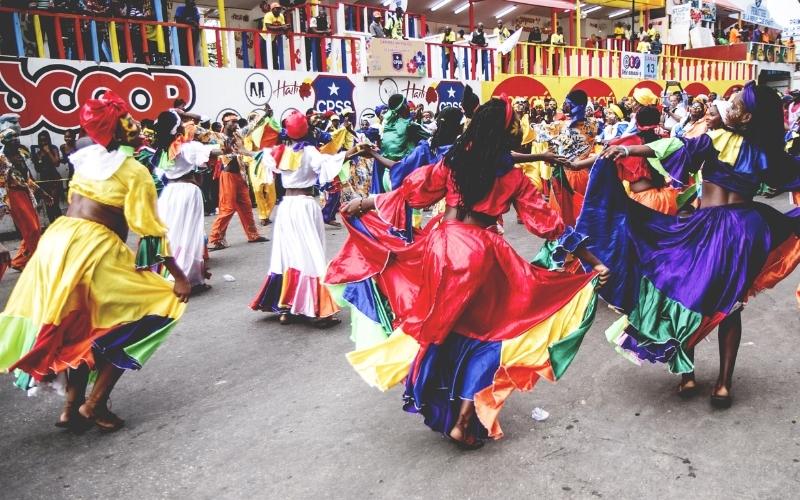
“Step into the vibrant world of Traditional Haitian Dress and celebrate the rich heritage and elegance of Haiti’s cultural tapestry.”
The nation of Haiti is no exception, as it has an authentic and signature style of dress that reflects its culture. Although Haiti’s traditional dress and textiles are similar to those found on other Caribbean islands, Haiti has its own distinct style.
Continue reading to learn more about traditional Haitian clothing as well as Haiti’s fashion culture.
The Quadrille or Karabela Dress
The Quadrille or Karabela dress is the traditional attire of Haitian women. Almost all versions of this dress feature an off-the-shoulder top or bodice with a full, matching skirt.
Fabrics in various shades of red and blue are preferred by Haitians, as is customary in their culture. Despite the islands’ warm climate, the Quadrille is made of heavier fabrics and is frequently embellished with ruffles, lace, or ric rac to add color and visual interest.
Headwear
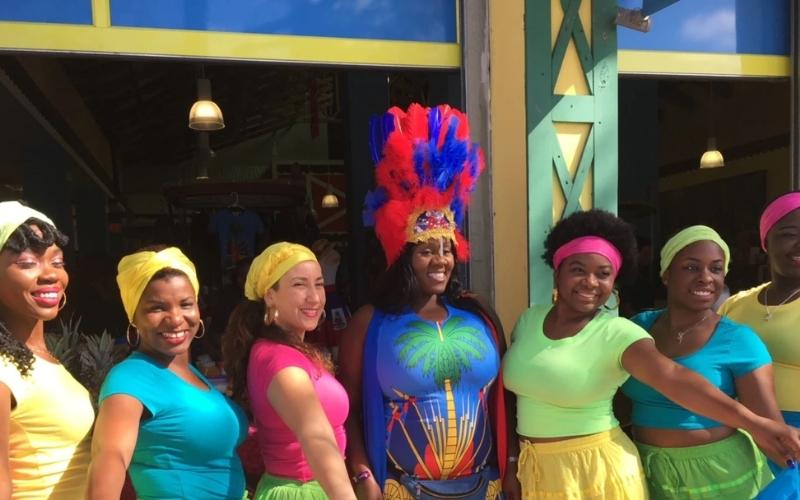
You may notice that women in Haiti, particularly in rural areas, frequently wear headscarves or turbans for both dress and everyday life. This is a part of the island’s traditional attire, and the fancier and more layered the headwrap, the more elaborate the dress.
“Discover the artistry and pride woven into each intricate design. Unleash your inner radiance and make a statement with our authentic Traditional Haitian Headwear.”
Men’s Traditional Dress
Haitian men often wear jackets and pants that match their female dancing partners in cultural dances and for show.
The guayabera, or “wedding shirt,” is a traditional Haitian dress shirt made of lightweight fabrics like linen or cotton. Two closely-sewn pleats run vertically up each side of the shirt, which is usually worn untucked.
Modern Dress
Modern Haitians often prefer to imitate Western or European styles such as shorts and T-shirts, despite the fact that traditional dress is still seen as a way to celebrate national heritage. Although many women still prefer skirts and dresses, it is acceptable for women to wear pants.
Familiarize Yourself With Haiti's Fashion Culture

“Discover the essence of Haitian fashion, where every stitch tells a story. Embrace the threads of Haiti’s Fashion Culture today!“
Places like Paris, London, and New York, as well as fancy buzzwords like “couture” and “glamour,” come to mind when thinking about fashion.
So it was fascinating to learn that, despite being the poorest country on the planet, Haiti has a burgeoning fashion industry. It’s only natural that natural artistic ability would be incorporated into Haitian fashion.
Depending on the time of day or even the day of the week, you can see a variety of different fashions in Haiti. To school, children wear neat uniforms with accessories in their hair and polished shoes on their feet.
Haitian women put on their best dresses and men put on their best suits to attend church services on Sundays. Most Haitians, however, dress in secondhand clothing and shoes known as “pepe,” which are sold by street vendors. These clothing items are usually sent to Haiti from donation centers in the United States and consist of unwanted or unusable items.
The practice of sending pepe to Haiti began in the 1960s, and many have claimed that it has ruined the Haitian textile industry since then. Pepe, on the other hand, can be viewed as a positive because it is readily available and affordable for Haitians, allowing them to express their creativity by wearing designer clothing that would otherwise be out of reach.
Haitians are known for making their own clothing, either by sewing together pieces of lightweight cotton, linen, or denim or by constructing shoes out of old tires and other found materials, in addition to wearing pepe. Women’s embroidered clothing is also very popular, and men frequently wear guayabera shirts, which are loose-fitting shirts.

The most fascinating aspect of Haiti was learning about Haitian Fashion Week. It’s only been 3 days and 2 years, but it’s already created quite a stir in the fashion industry all over the world. Because there are no official fashion education programs in Haiti, these self-taught Haitian fashion designers’ concepts are purely inspired by Haitian culture and imagination.
The Karibe Convention Center in Port-au-Prince hosted Haiti’s first Fashion Week from November 8 to 11, 2012. The event was open to the public and featured collections from 30 up-and-coming Haitian designers, as well as 20 Haitian and international models who strutted down a decorated runway.
Swimsuits, casual wear, formal gowns, and polished suits, as well as handbags and accessories – Haitian Fashion Week has everything you’d expect from a fashion week in another country, but with a Haitian twist.
The first Haitian Fashion Week was marked by a celebration of Haitian culture, which included performances of Haitian folklore dance at the opening and closing ceremonies. The show’s designs were also heavily influenced by Haitian culture, which some industry leaders criticized for being “too safe,” urging Haitian designers to take a few more risks with their creations.
The clothing, on the other hand, clearly reflected the Haitian designers’ excitement for this fashion opportunity in their own country. The Karibe Convention Center in Port-au-Prince hosted Haiti’s second Fashion Week from September 19 to 21, 2013, but this time patrons were charged $25.00 per night to attend.
The designers took a different approach to their creations for the 2013 Fashion Week than they did for the previous year’s show. The clothing on the runway reflected Haitian culture, but viewers were also treated to many eco-friendly designs featuring clothing made from recycled textiles and unusual materials such as food, flowers, and animal skins.

Giovanna Menard, a Haitian designer, was one of the notable designers to show at both Haitian Fashion Weeks. Giovanna has always been interested in fashion, even though she went on to become a lawyer in Port-au-Prince.
She fell in love with the craft after traveling to New York to take some jewelry making classes, and when she returned to Haiti, she began making jewelry in her spare time. Giovanna recently opened her own boutique, where she sells her unique jewelry and handbags made of stones, bone, gold, silver, and burlap, cotton, silk, and straw.
As previously stated, there are no formal institutions for fashion and design education in Haiti; however, in 2009, a non-profit organization called Haitian Network of Designers (HAND) was founded to assist aspiring Haitian designers in learning more about their craft and to assist in the rebuilding of the Haitian fashion industry.
This program, combined with Haiti’s recent investment in programs to support small and medium-sized Haitian businesses, gives hope that one day, when people think of fashion, Haiti will be one of the first countries that comes to mind, recognizing all of the talented designers and models that Haiti has been quietly cultivating for years.
Modern Haitians often prefer to imitate Western or European styles such as shorts and T-shirts, despite the fact that traditional dress is still seen as a way to celebrate national heritage. Although many women still prefer skirts and dresses, it is acceptable for women to wear pants.
Discover Haiti’s Fashion Culture ...🛪
The poverty in Haiti is well documented, and many Haitians resent the use of superlatives to describe it. The huge disparity is less well-known. The CIA World Factbook ranks Haiti fourth in the world for income inequality, with the richest 20% of the population owning nearly two-thirds of the country’s total wealth.
Despite this, emerging talented designers are driving industry growth, even in the absence of ready access to high-quality materials, equipment, and consistent electricity. The prevalence of “pepe,” or second-hand, often brand-name clothing donated from overseas and sold cheaply on street stalls, adds to the competition.
Find out more about Kanana Caribbean island facts, vacation planning, sightseeing, travel deals, and possible upcoming events



